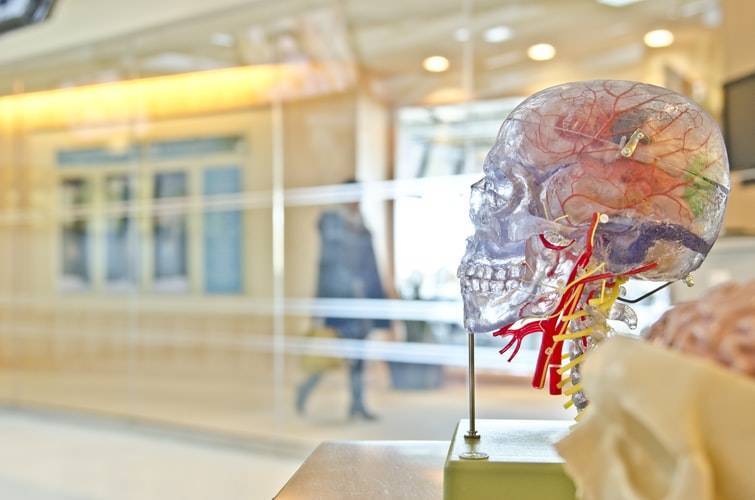Anesthetics primarily act on the brain, but anesthesiologists rely on vital signs such as heart rate, respiratory rate, and patient movement to determine whether the patient has reached the required level of unconsciousness during surgery. A team of researchers from the Massachusetts Institute of Technology and Massachusetts General Hospital in the United States has developed algorithmic equations using artificial intelligence techniques to identify the degree of unconsciousness in patients based on their brain activities, after feeding the system with data regarding the anesthetic drugs used.
Emery Brown, a researcher at the MIT Institute of Medical Engineering and Science, stated, "One of the key concerns for anesthesiologists is whether the patient undergoing surgery is completely unconscious." He added that maintaining a certain level of unconsciousness during surgery is a crucial element of their work.
**Importance of the New Technology**
Brown emphasized that the new algorithmic equation not only provides accurate results regarding the level of unconsciousness but also allows anesthesiologists to maintain the required level of unconsciousness during surgeries while potentially reducing the dosages of drugs needed to anesthetize patients. This could improve the patient's health in the postoperative phase.
During tests of the new system, researchers found that it could detect a decline in the level of unconsciousness in some patients minutes before anesthesiologists noticed it. This means that if this system had been implemented during actual surgeries, it could have provided an important and effective warning for doctors to help safeguard patients' lives.




